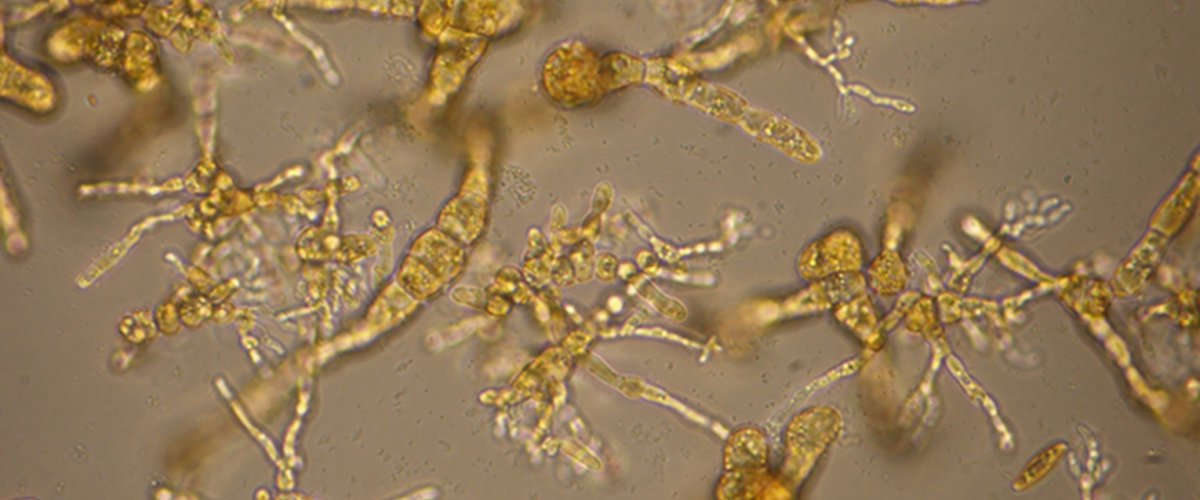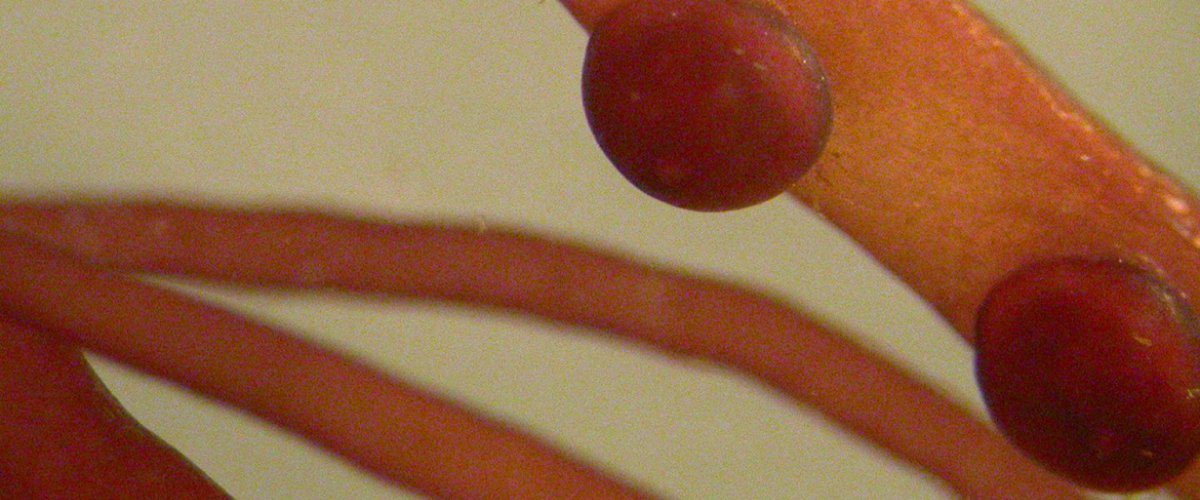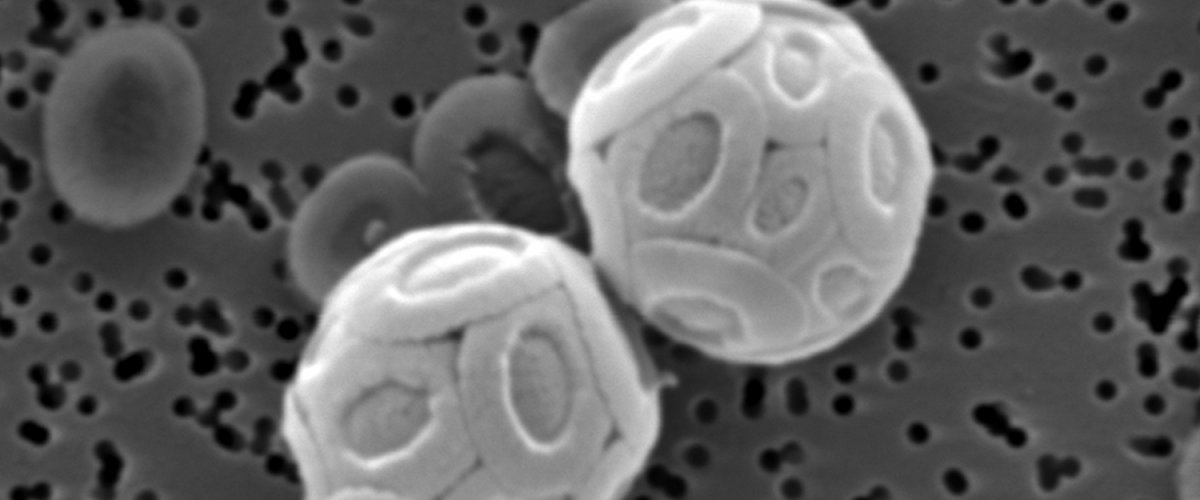The evolution of reproductive systems and life cycles
Understanding the selective forces favoring sexual reproduction remains one of the greatest challenges in evolutionary biology.
We approach this question using both theoretical and empirical approaches. In particular, we have developed mathematical models to explore how ploidy, population spatial structure and interactions among genes affect selection for sex and recombination. From the empirical side, we explore the ecological correlates of sexual and asexual reproduction in protists (coccolithophores, dinoflagellates) and brown macroalgae such as kelps (Laminaria, Lessonia) and Ectocarpales.
For example, we showed that in the haplodiplontic coccolithophore Emiliania huxleyi, sex (and the haploid phase of the life cycle) have been lost from open-ocean populations, while coastal populations maintain a regular alternation of haploid and diploid phases. We also demonstrated that sex occurs within toxic blooms of the dinoflagellate Alexandrium minutum, and described different cases of geographical parthenogenesis in kelps: Laminaria spp (France) and Lessonia spp (Chile).
Although all eukaryotic sexual cycles consist in an alternation between haploid and diploid phases, the relative development of each phase varies widely among taxa (in algae in particular). We also use theoretical approaches to understand the evolution and maintenance of this diversity of life cycles, coupled with experimental work on the model brown alga Ectocarpus siliculosus (exploring the life cycle of field populations in France and Italy, and differences in ecological niches of haploid and diploid individuals), and red algae within the genus Gracilaria.









